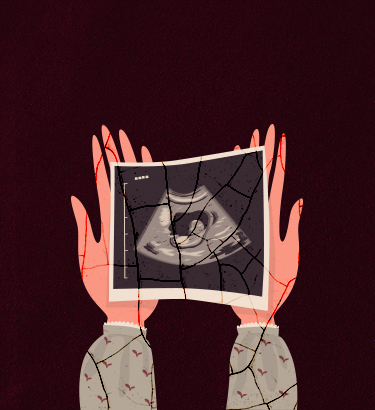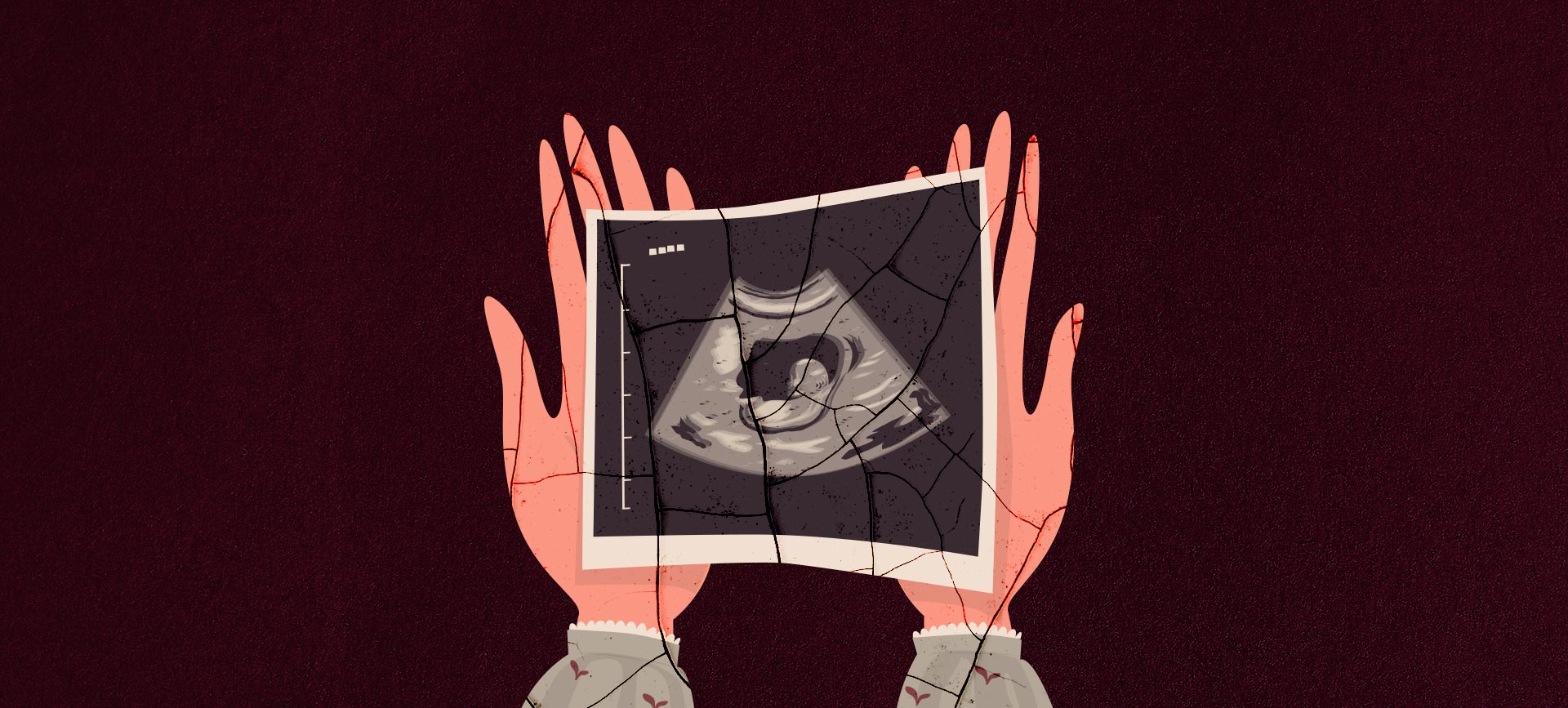We're all familiar with the standard at-home pregnancy test. You pee on a stick and then wait for one line or two, a plus or a minus. It's a piece of plastic that serves as a plot device in many movies and television shows, and the star of many pregnancy announcement photos.
But did you know there's another stick you pee on before you're pregnant?
Ovulation tracking is the process of identifying the two best days to have sex if you're trying to get pregnant. These are the day before and the day of ovulation, which is when one ovary releases an egg that travels down a fallopian tube and, if sex has occurred in the last few days, hopefully meets sperm along the way.
If your cycle is 28 days, then ovulation is likely to occur around day 14. But cycle lengths and ovulation timing can vary widely, from person to person and from month to month. If you've never paid much attention to the timing of your period or the length of your cycle, it can take some time and practice to understand what is happening and when. But there are tools and methods to help you track your ovulation.
(This is just one reason why it's a good idea to track and understand your menstrual cycle—even if you're not trying to conceive.)
One helpful tool is ovulation tracking strips, which measure luteinizing hormone (LH) in urine. LH surges a day or two before ovulation, stimulating the ovaries to release an egg. Most LH strips are thin sticks of cardboard that you can pee on directly or dip in urine. A line then appears next to the control line to measure LH, and the darkness of the line indicates whether or not a surge is happening. Some ovulation tracking kits have an app that allows you to photograph the strip, then automatically generates a reading to tell you whether or not you're experiencing a surge.
"Most people really don't know when they ovulate and when is the right time to have intercourse," said Elizabeth King, a fertility coach in Irvine, California, who helps couples along the emotional and mental journey of TTC. "I tell them to try all methods [of ovulation tracking] at first—really dive in so you can get the pulse for what's happening in your body."
"I used to always get a pain in my abdomen and I thought that's when I was ovulating," said (now) mother Jacqui Court. "I would think, Oh, I'm having that pain. I must be ovulating. But then I was tracking through a clinic and it turned out I was usually wrong."
Court was participating in cycle monitoring through a fertility clinic—a method of tracking used by some couples who are struggling to conceive. The other two methods for ovulation tracking at home include tracking your basal body temperature and cervical mucus.
Basal body temperature (BBT) charting is the process of taking your at-rest temperature each morning, before you get out of bed, and writing it down so you can catch the slight dip that occurs just before ovulation. Twenty-four hours after ovulation, your temperature increases slightly and stays elevated for several days. Tracking your temperature month after month will give you a good idea of when you can expect to ovulate.
Your cervical mucus can also indicate ovulation. Cervical mucus forms on your cervix and exits the vagina as discharge; it changes color and texture throughout your menstrual cycle. Familiarizing yourself with the look and texture of your cervical mucus each day can help you recognize the changes that occur before and during ovulation. By either wiping the opening of the vagina with toilet paper or inserting a finger into the vagina, you can assess the texture and color. At the time of ovulation, cervical mucus is stickier, and you can test this by rubbing and pulling it between a finger and thumb. It also tends to look like raw egg whites during ovulation—clear and slippery, rather than cloudy and white. This tracking method requires lots of practice and persistence, but it's a great way to understand an important physical change associated with ovulation.
King has clients use all three methods: tracking strips, BBT and cervical mucus. "Once they get into that groove of being able to recognize signs in their own body, eventually they know when it's happening."
Even when you get the timing just right, there's a good chance you won't get pregnant on the first try. Or the second, or third. A lot has to go right—things you really have no control over—in order for sperm to meet an egg, then implant in the uterus, where it hopefully develops into an embryo. Conception only happens in the first cycle of trying to conceive for about 30 percent of couples.











